The number of hands-on projects you can do for world history studies is limited only by your imagination. See how you can easily make ancient civilizations come alive for young students!
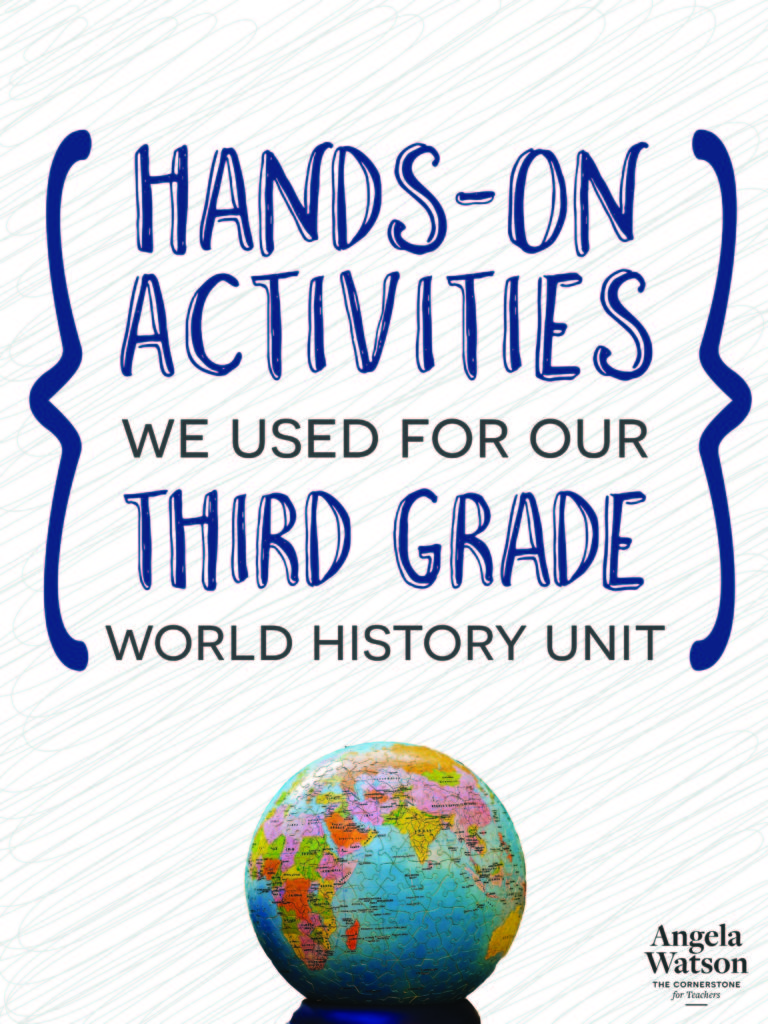
How I designed our ancient civilizations unit
The world history information in our third grade social studies text left much to be desired: there were too many details and a lack of comprehensive focus. So I designed my own unit that would take children from prehistoric to modern times in three months of instruction, and to my delight, it actually made sense to the kids and got them excited about history.
The unit is comprised of a variety of activities: reading the textbook and trade books, internet research, Discovery Channel videos downloaded from United Streaming, web quests, hands-on activities, reenactments, worksheets, skits, home research projects, and more.
We spent a week each on Prehistoric Times, Ancient Mesopotamia, Ancient Egypt, Ancient China, Ancient Greece, Middle Ages, and the Renaissance/Age of Exploration. We then spent four weeks on American history, from native peoples to the first settlements to colonialism, and ending with a look at slavery, segregation, and desegregation (which you can read about on the American History Activities page). The last two weeks of school are spent exploring modern times: inventions and developments that shape life as we know it.
When we started the world history unit, I created a bulletin board with a section for each time/setting we would study. Then I added ‘artifacts’ that the kids produced and wrote a simple caption under each one. (This could have been written or typed on paper and then added on, but since this was our last social studies unit of the year and the bulletin board paper was going to come down, anyway, I decided to make my life easy and just write directly on it). While not traditional looking, the bulletin board really helped the kids keep the different cultures straight in their minds and also showed classroom visitors what we had been studying.
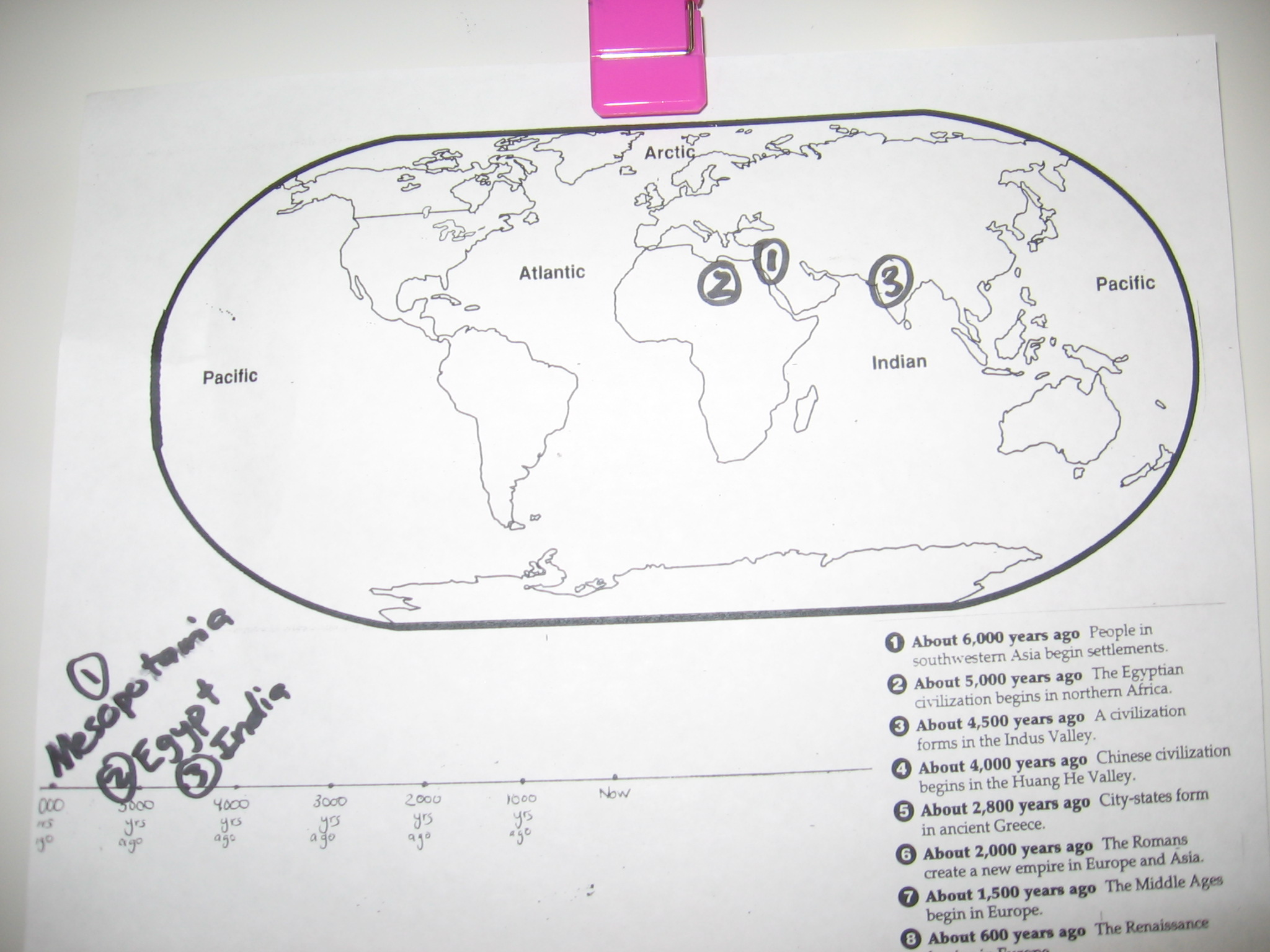
Each child had a timeline and world map so that he could keep track of the various time periods and cultures. I also created a World History packet that the students completed in groups after we studied each place. Because the packet is tailored to our social studies text, and is extremely long, I didn’t upload it here. Instead, I’ve included a blank version of the packet that you can use to have your students complete.
Activities and bulletin board
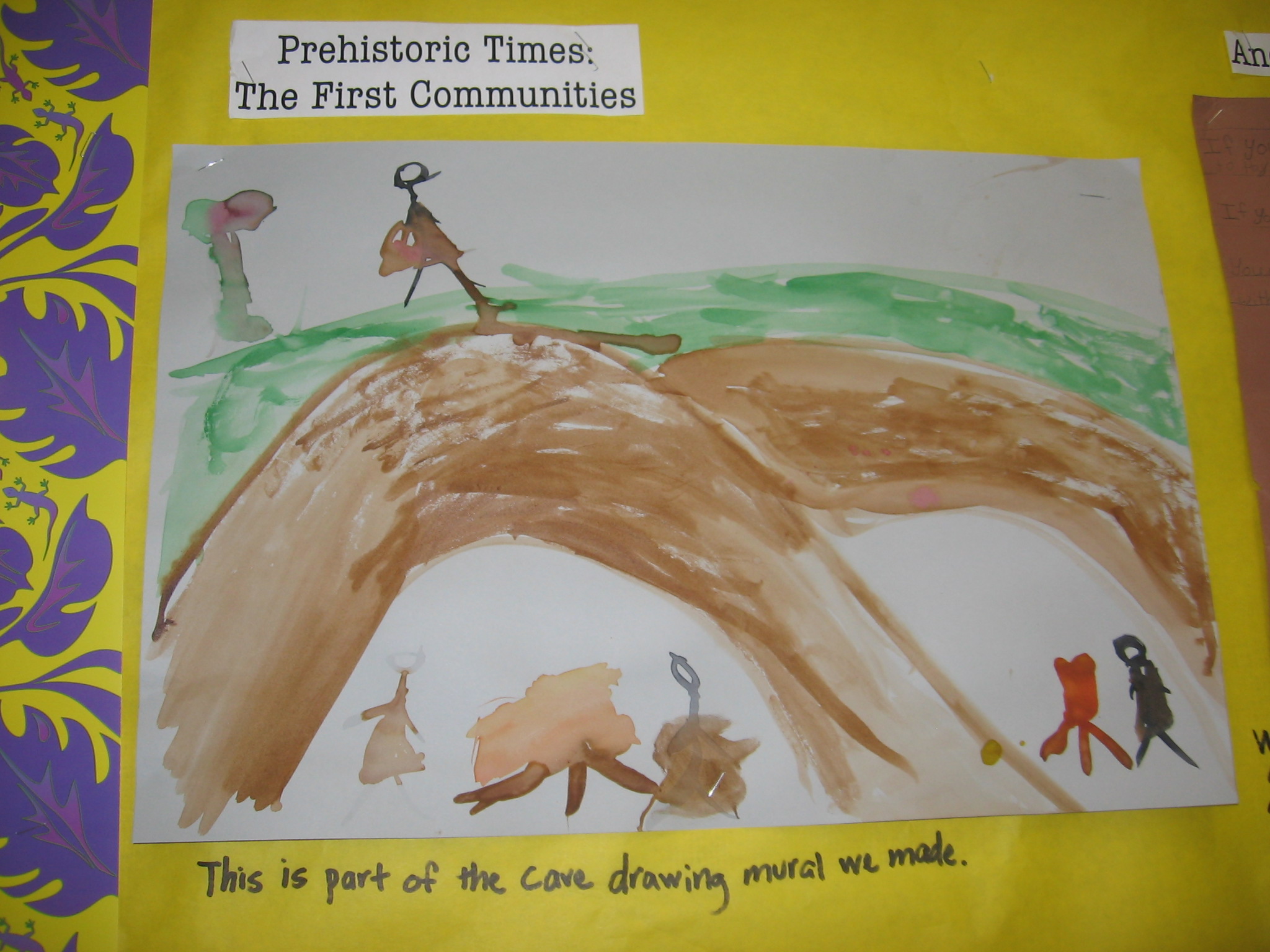
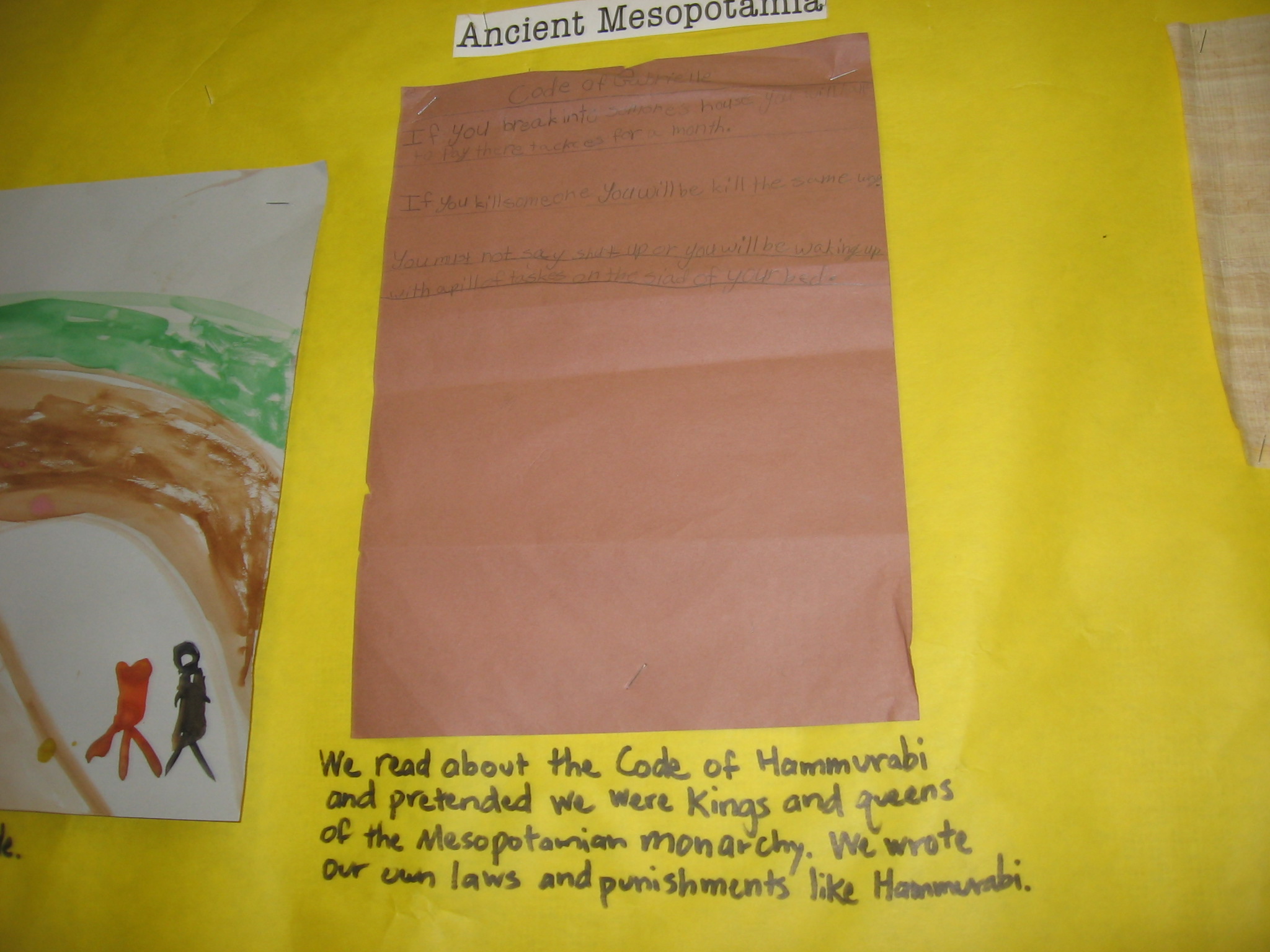
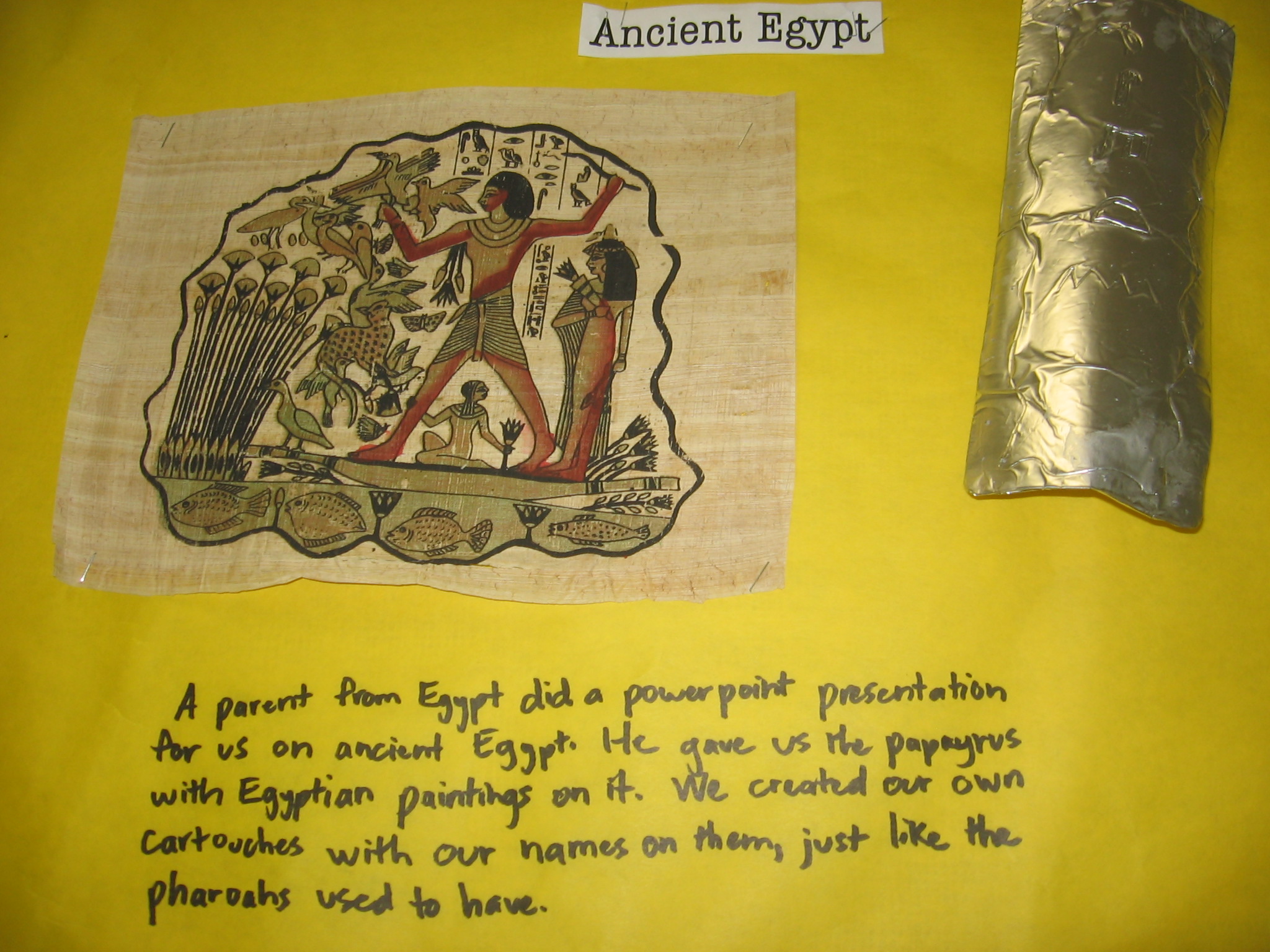
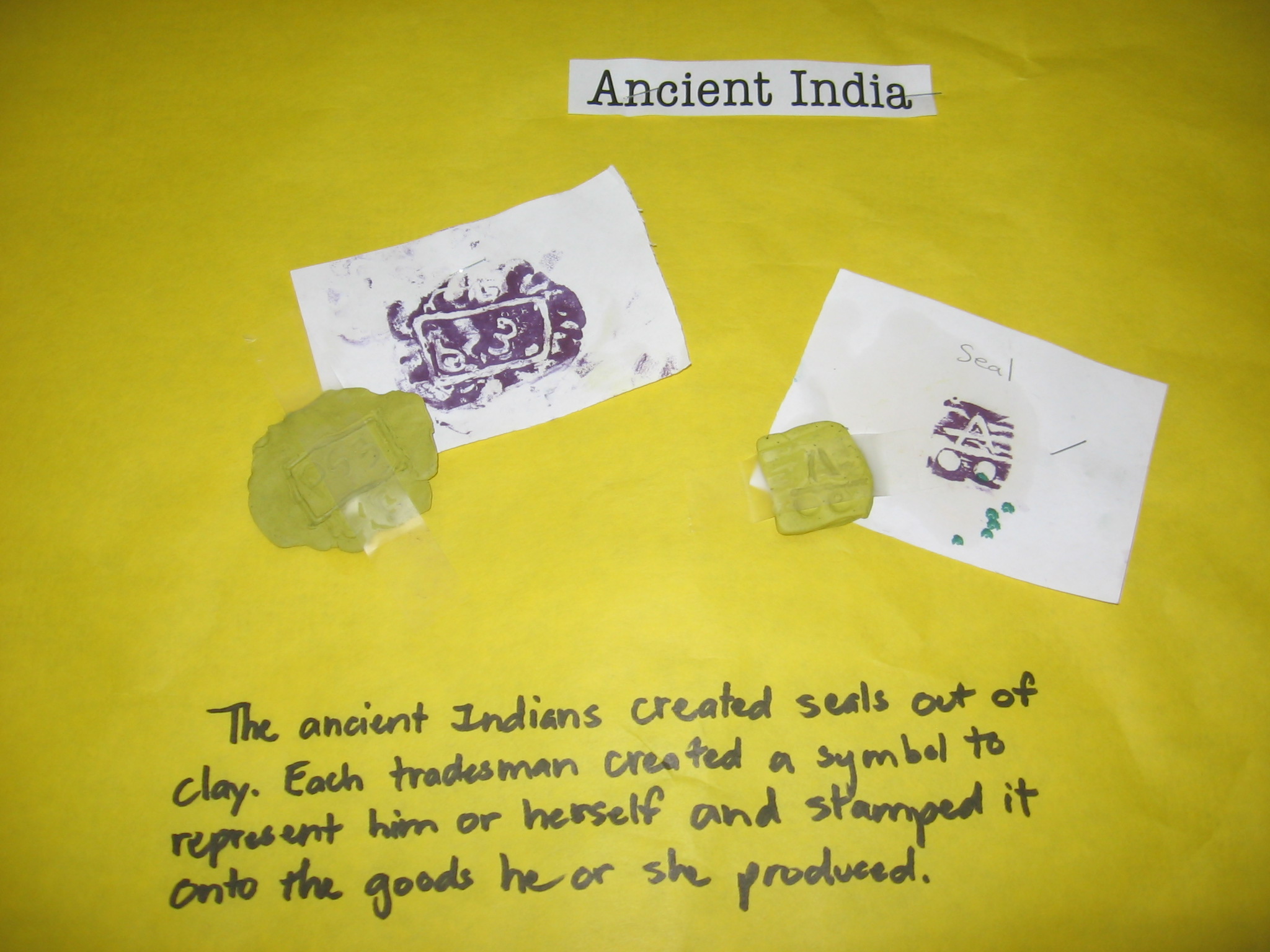
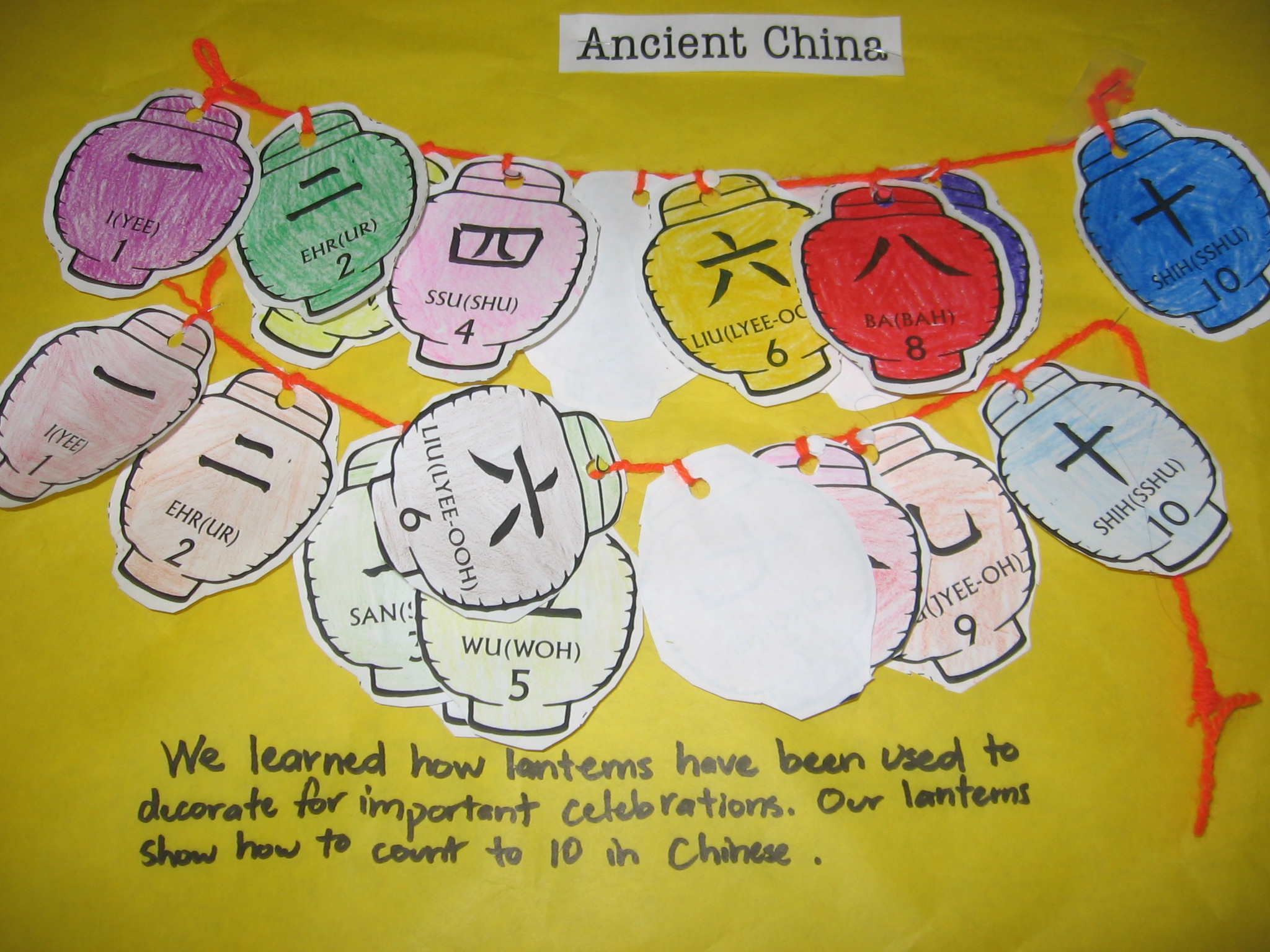
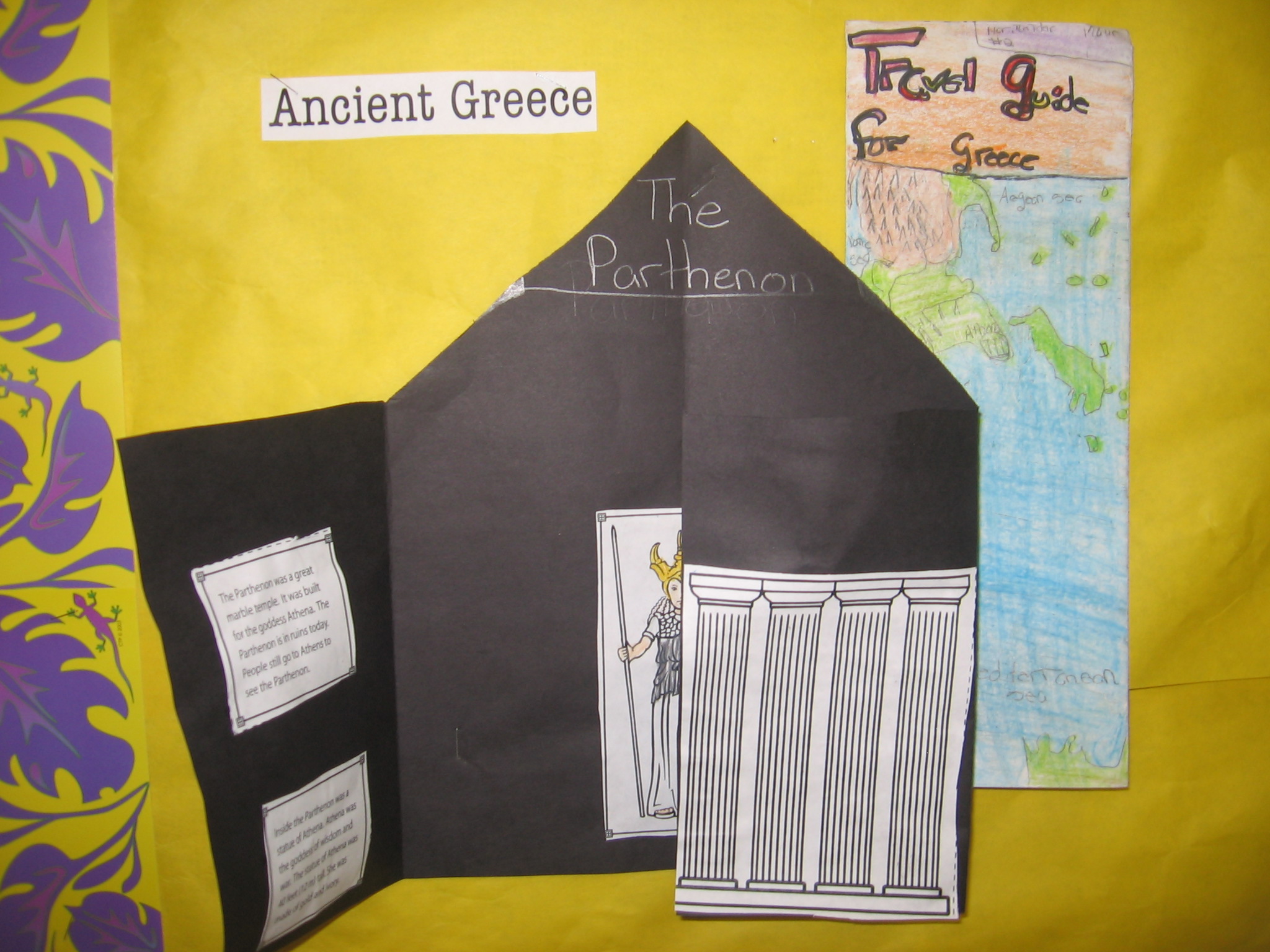
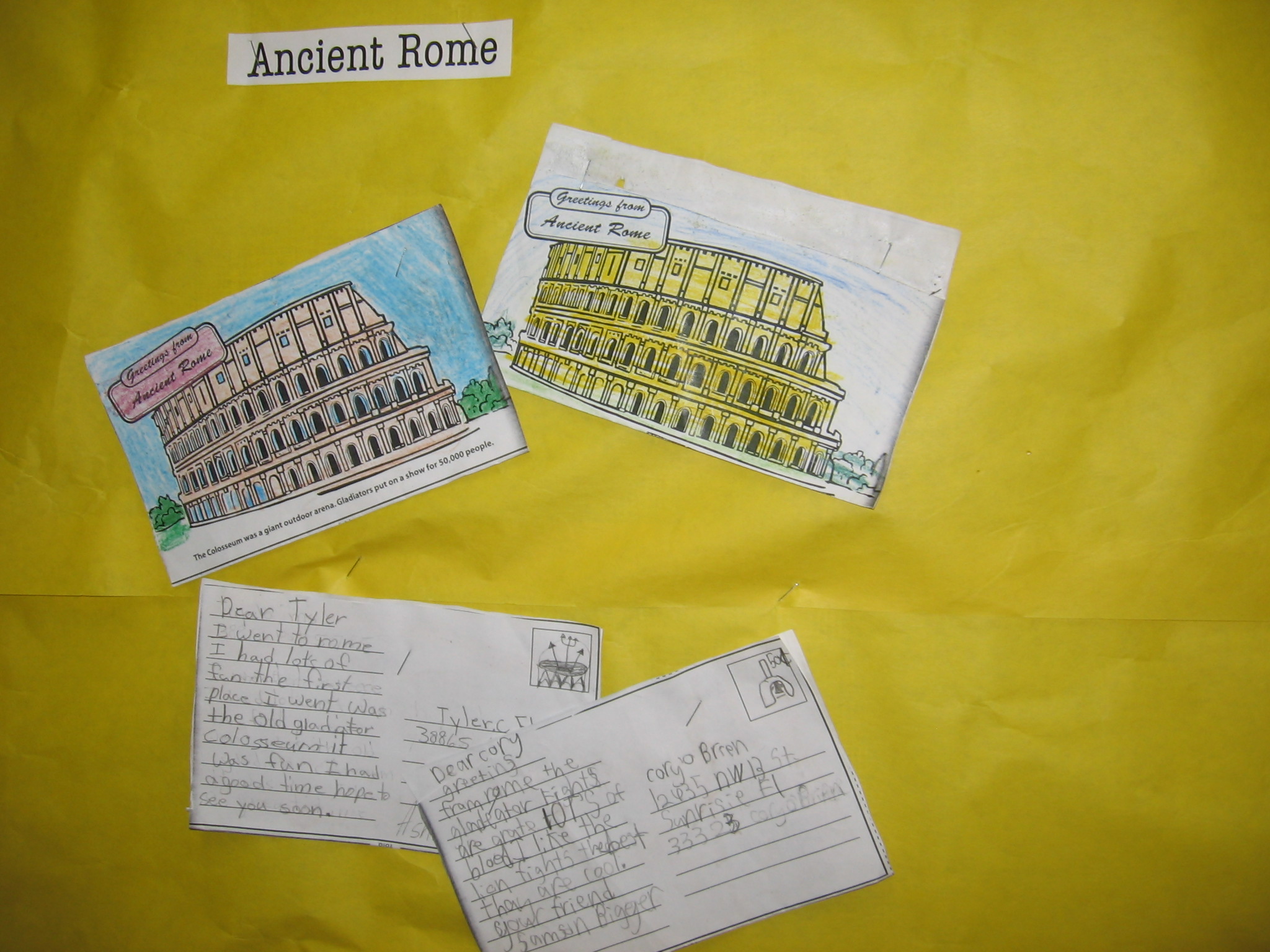

Angela Watson
Founder and Writer
Sign up to get new Truth for Teachers articles in your inbox
OR

Join our
community
of educators
If you are a teacher who is interested in contributing to the Truth for Teachers website, please click here for more information.















